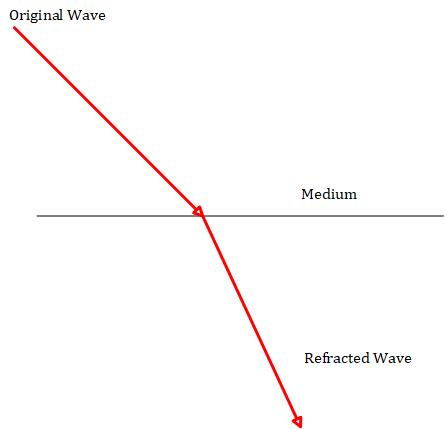In this tutorial, we’ll explore three phenomena that can impact the propagation of radio frequency (RF) waves: refraction, scattering, and diffraction. These concepts are essential for understanding how RF signals behave in various environments, particularly in outdoor and indoor wireless setups.
Refraction
What is Refraction?
Refraction occurs when an RF wave changes direction as it passes through a medium. Imagine a wave traveling in one direction; as it encounters a new medium, it bends, altering its original path.

Think of it like this: if you place a pencil in a glass of water, it appears bent. This effect occurs because light waves from the pencil refract, or bend, as they travel from water to air. Similarly, RF waves experience refraction when they encounter different materials.
Refraction in Wireless Communication
- Outdoor Links: In outdoor scenarios, refraction can cause RF signals to bend toward or away from Earth, affecting the signal’s reach.
- Indoor Links: Indoors, glass materials like doors or windows can cause refraction. However, with modern MIMO (Multiple Input, Multiple Output) technology, refraction is often mitigated, making it less of an issue for indoor links.
The main takeaway is that when an RF signal encounters a medium, it refracts, changing its angle compared to the original path. This effect can lead to altered signal behavior, particularly in environments with varied surfaces.
Apologies, the Full Lesson Access is Only for Members....

Get Access to all Lessons from different Vendors
Affordable Price to Enhance your IT Skills!
Always Accessing all Lessons including the New Added Ones

100% Satisfaction Guaranteed!
You can cancel your membership at anytime.
No Questions Asked Whatsover!

0 Comments